Subject
- #Bibimbap
- #Ingredients
- #Cultural Significance
- #Regional Characteristics
- #Cooking Method
Created: 2024-06-11
Created: 2024-06-11 08:23
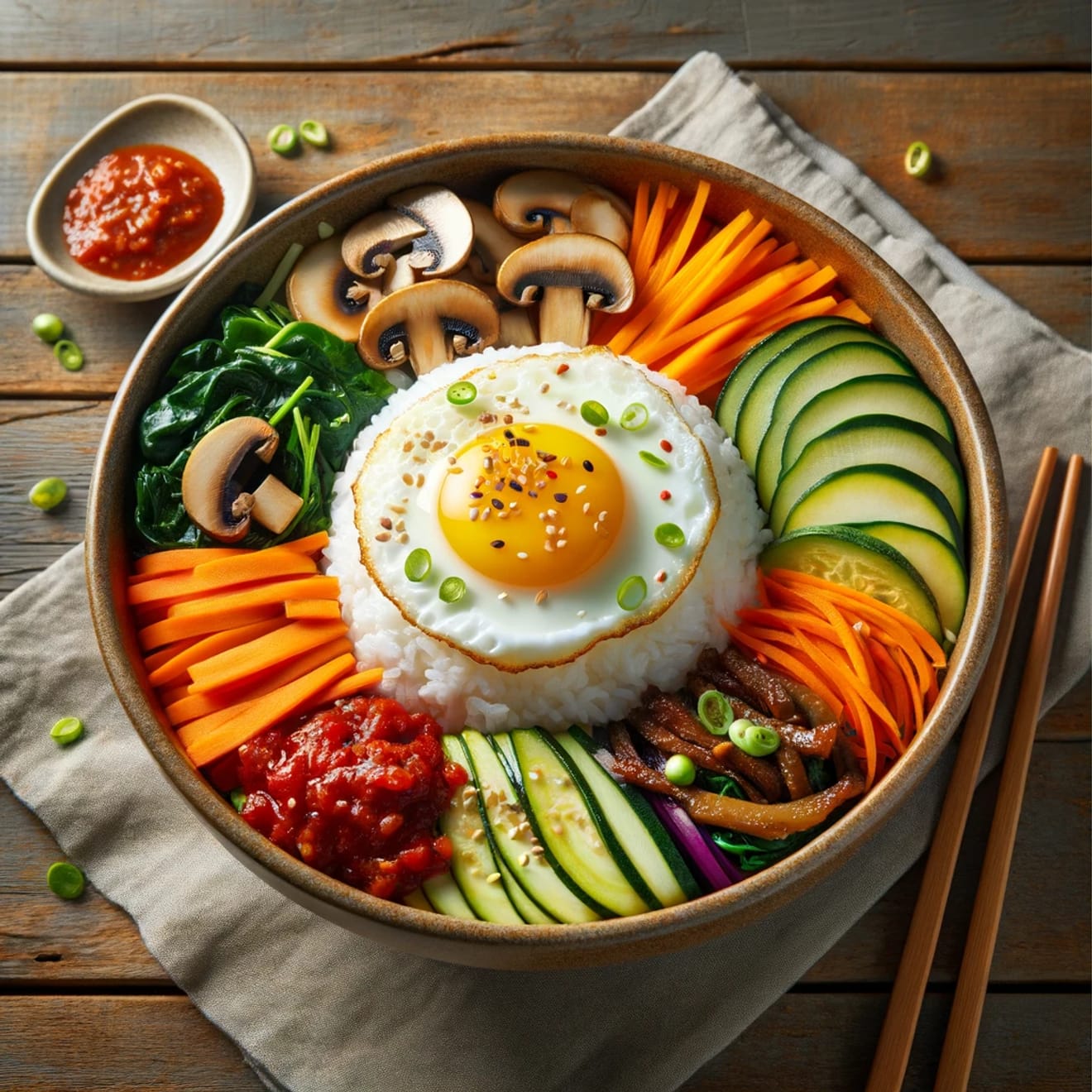
There are various theories regarding the origin of bibimbap. One prominent theory suggests that it originated from a royal court dish during the Joseon Dynasty. It is believed that bibimbap was born out of the practice of combining various side dishes into a single bowl. Another theory proposes that it was created as a convenient way to consume various foods in one go during busy farming seasons.
Bibimbap typically consists of rice, meat, seasoned vegetables, and gochujang (Korean chili paste). Various ingredients are used depending on the region and season, contributing to the diverse flavors of bibimbap.
Rice: White rice is commonly used.
Meat: Various meats such as beef, pork, or chicken can be used.
Seasoned Vegetables (Namul): Various vegetables like spinach, bracken, bellflower root, and bean sprouts are used.
Gochujang: Gochujang, with its spicy and sweet flavor, is the key condiment in bibimbap.
Egg: A fried egg or a raw egg can be added as a topping.
Other Ingredients: Seaweed, sesame oil, and sesame seeds are used to enhance the flavor.

Making bibimbap is relatively simple. After preparing the various ingredients, they are placed on top of rice, and mixed with gochujang to enjoy.
Ingredient Preparation: Prepare various vegetables and meat by stir-frying or blanching.
Cooking Rice: Cook white rice and serve in a bowl.
Arranging Ingredients: Place the prepared vegetables, meat, and egg on top of the rice.
Adding Seasoning: Add gochujang and sesame oil, and mix well before eating.
Bibimbap exhibits regional variations. Here are some of the famous regional bibimbap styles.
Jeonju Bibimbap: Jeonju bibimbap is renowned for its vibrant colors and diverse ingredients. It is characterized by the use of Jeonju bean sprouts and various garnishes.

Jinju Bibimbap: Jinju bibimbap is distinguished by being served with raw beef (yukhoe). The combination of raw beef and various vegetables creates a rich and flavorful dish.

Dolsot Bibimbap: This style involves cooking rice in a hot stone pot (dolsot), creating a crispy layer of rice crust (nurungji) at the bottom. Enjoying bibimbap with the crispy nurungji adds a unique textural element to the dish.
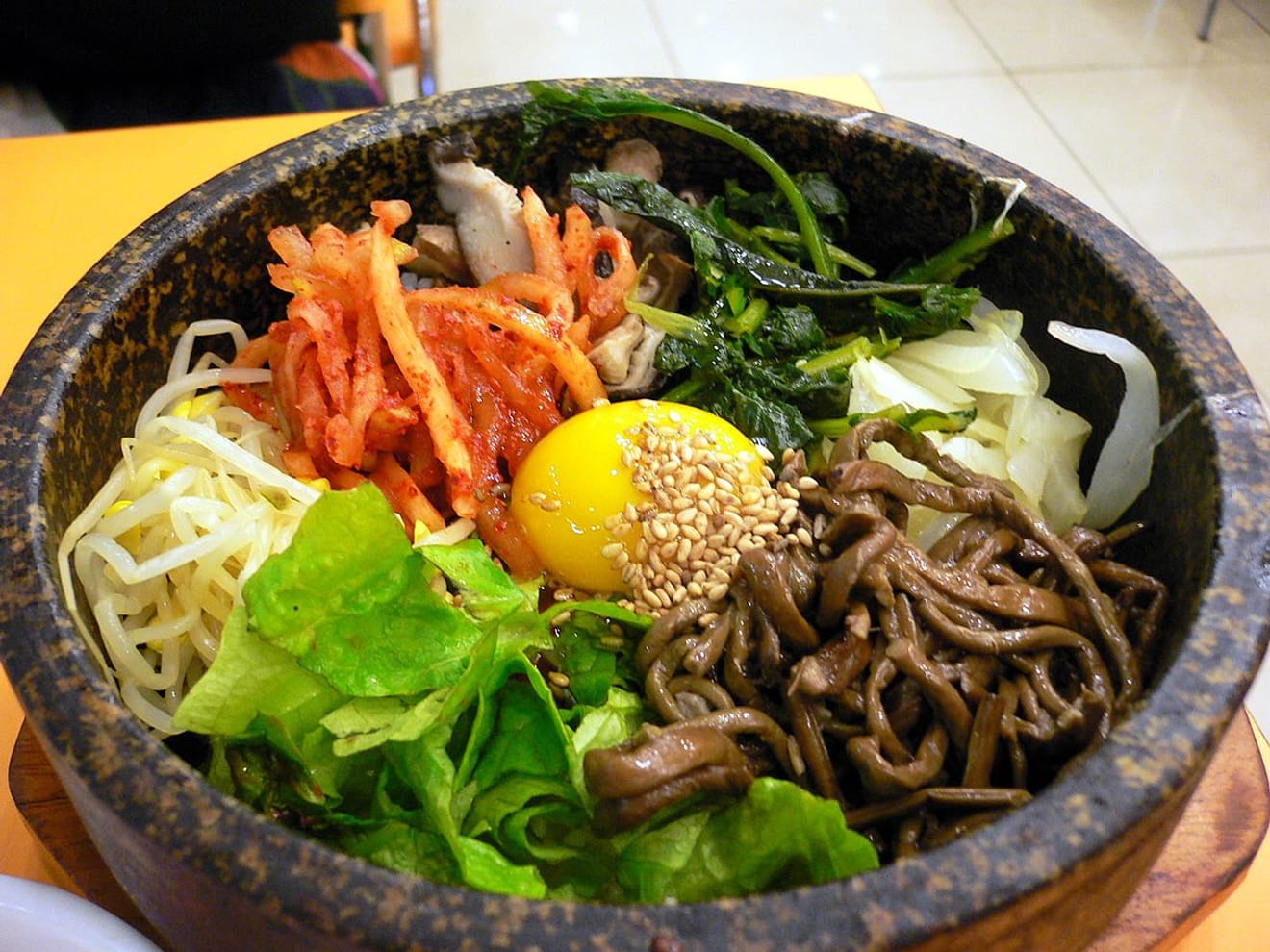
Bibimbap is not merely a dish; it embodies the essence of Korean life and culture. The harmonious blend of various ingredients in bibimbap symbolizes unity and balance. It is also recognized as a healthy dietary option, gaining popularity worldwide.
Located near Jeonju Hanok Village, Hanokjib is famous for its traditional Jeonju bibimbap. You can savor bibimbap with Jeonju bean sprouts and various garnishes harmoniously combined. In particular, the Hanokjib set meal is a popular menu that allows you to enjoy various traditional dishes.
Address: 119, Eojin-gil, Wansan-gu, Jeonju-si, Jeollabuk-do
Business Hours: Daily 09:30-21:00 (Break Time 16:00-17:00)
Price: Jeonju Bibimbap 15,000 won
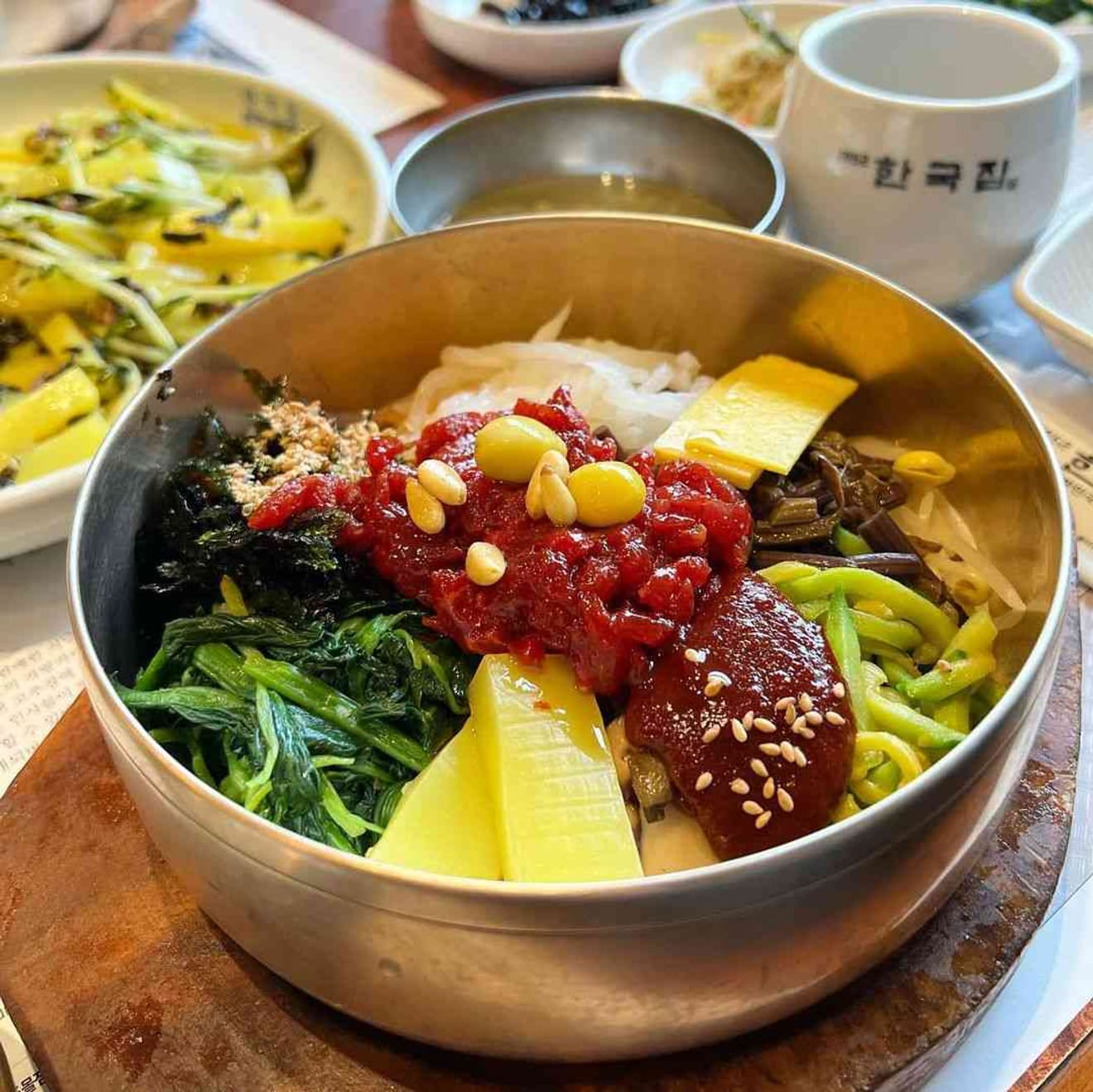
Located in Namsan, Seoul, Mokmyeoksanbang is a space that reinterprets traditional Korean cuisine in a modern way. The signature Sanbang Bibimbap features a blend of Jirisan mountain vegetables and plum vinegar gochujang, and you can also enjoy traditional tea and Korean sweets as a dessert.
Address: 71, Toegye-ro 20-gil, Jung-gu, Seoul
Business Hours: Weekdays 11:00-21:00
Price: Sanbang Bibimbap 7,000 won, Yukhoe Bibimbap 11,000 won

Located in Jinju, Gyeongnam, Cheonhwangsikdang boasts over 80 years of tradition, and is particularly famous for its Yukhoe Bibimbap. You can experience the unique taste of Jinju Bibimbap, and grilled bulgogi is also a popular menu.
Address: 3, Chokseok-ro 207beon-gil, Jinju-si, Gyeongnam
Business Hours: Daily 10:00-22:00

Located in Gangnam-gu, Seoul, Onggimi-ga is famous for its spicy octopus bibimbap. The dish comes with a set of bibimbap and hand-cut noodles (sujebi). It's a place where the spicy taste of bibimbap and the soft texture of sujebi harmonize.
Address: 6, Yangjae-daero 35-gil, Gangnam-gu, Seoul
Business Hours: Daily 12:00-22:00
Price: Spicy Octopus Bibimbap + Sujebi 9,000 won
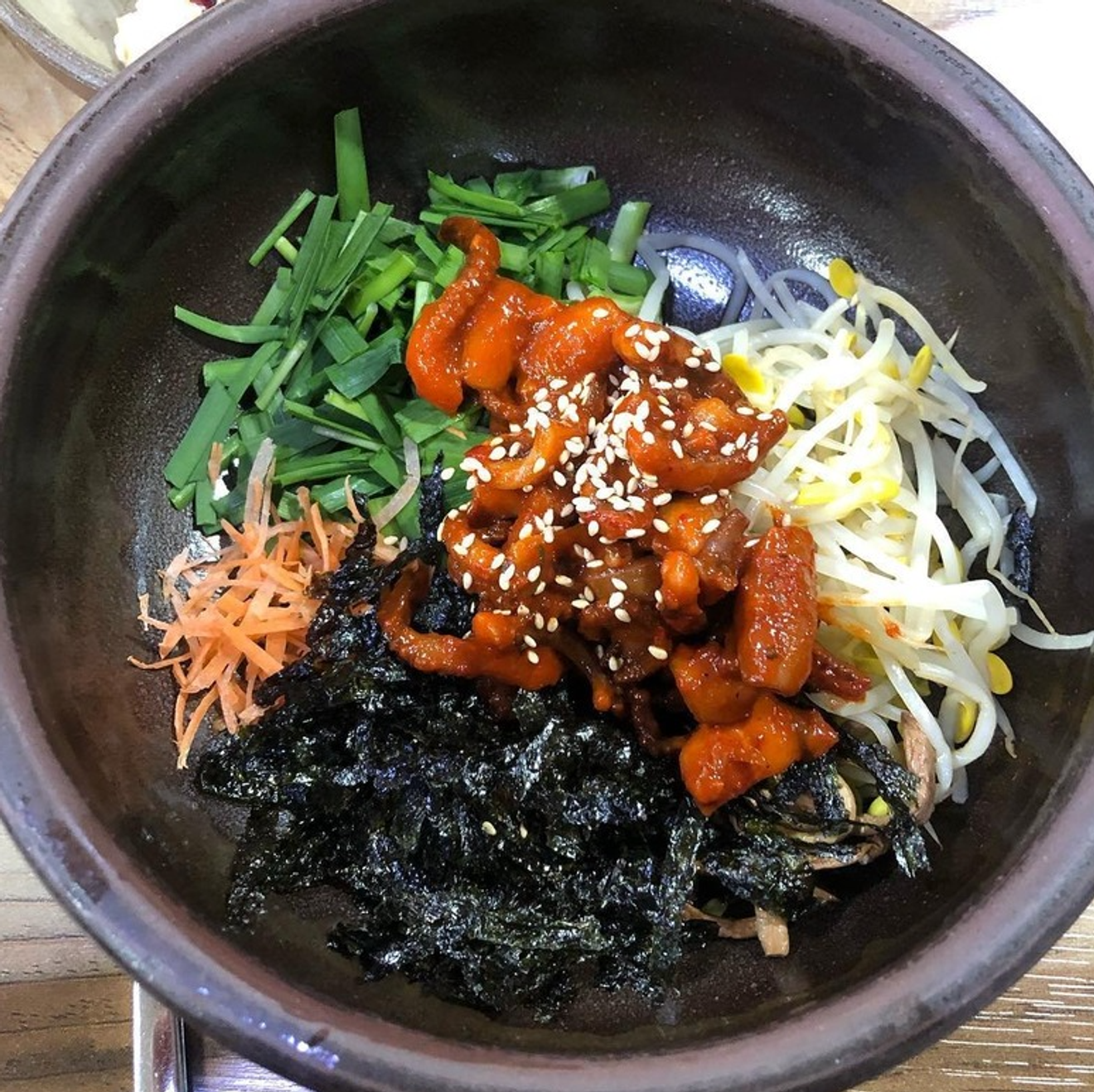
Located in Seongsu-dong, Seoul, Sonyeobang앗간 is a bibimbap restaurant that uses fresh ingredients. The pollack roe bibimbap, available only on Fridays, Saturdays, and Sundays, is particularly popular, and it's renowned for providing a healthy meal.
Address: 9-16, Wangsimni-ro 5-gil, Seongdong-gu, Seoul
Business Hours: Daily 11:00-21:00, Break Time 15:00-17:00
Price: Pollack Roe Bibimbap 8,000 won
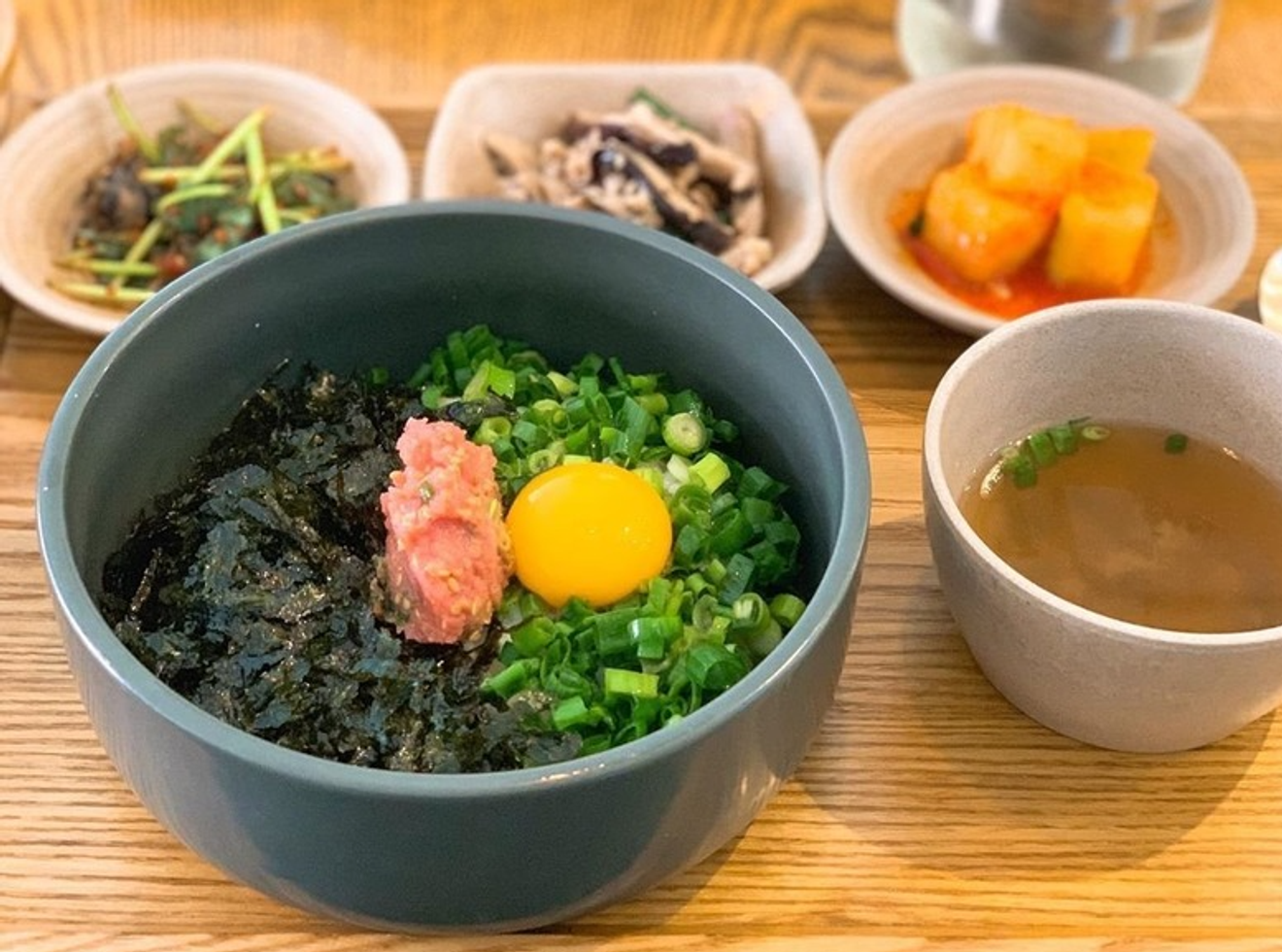
Comments0